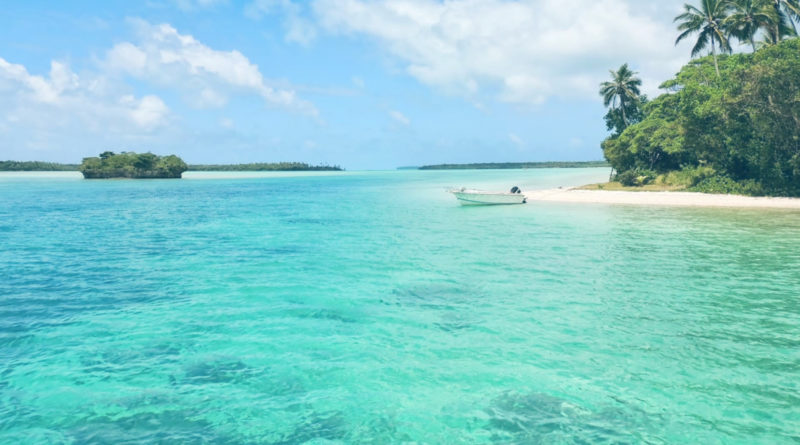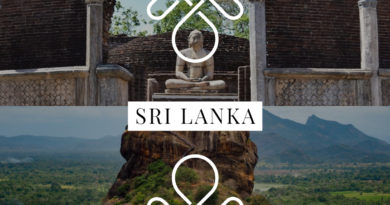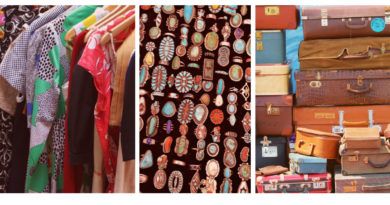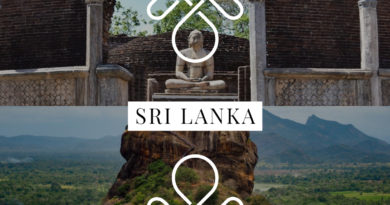Beaches in Sri Lanka
Kilometers of palm-fringed sandy beaches enclose the island. The beach resorts in the North Coast, East Coast West Coast, and the South Coast are popular among the travelers who enjoy taking a dip in the warm waters and relaxing on the sandy beach in Sri Lanka.
North Coast
Jaffna
Located in the north 398 km away from the capital, Jaffna has an ascetic kind of beauty that is vastly distinct from the rest of the island. A holiday on its virgin beaches, offshore islets, coralline coast, and in the peninsula that is revealing a very distinctive way of life can be an enigmatic experience for a tourist. Not to be missed are the beautiful dunes of Manalkadu – a mini desert whose sheer wildness – that strikes most visitors. Casuarina Beach, situated at Karainagar and beaches at Santhakulam and Thondaimannar, is popular with tourists too.
Mannar Island
The island is presumably most barren and the driest, an area in Sri Lanka. The townhouses picturesque Portuguese/Dutch FortFort. Talaimannar, located near the western end, is about 3 km from the pier was the arrival and departure avenue of the ferry for India till1984. A little farther west marks the start of the fabled Adam’s Bridge, that almost connects Sri Lanka to India. In the epic Ramayana, this bridge that Hanuman build so that the army could cross the sea and defeat Rawana, the demon king of Lanka, and rescue Sita.
East Coast
The East Coast has one of the best stretches of beach in Sri Lanka that go beyond300 kilometers. the best time to visit the coast is from April to October.
Trincomalee
Situated 257 km from the capital city of Colombo, this city is the perfect refuge for the beach addicts. It comprises an excellent natural harbor and magnificent beaches. At the locality, there is an old Portuguese/Dutch Fort, which is reminiscent of the colonial rule.
Nilaveli
Nilaveli is a prime beach resort ideally suited for swimming, sunbathing, snorkeling, and diving. All water sports are available here, including sea angling, fishing, and whale watching in the sanctuary.
Arugam Bay
Arugam Bay is a fishing village and surfers paradise. The bay has a wide, sweeping beach in front of the village itself is an ideal place for swimming. Here one can also indulge in water sports and underwater photography. Divers frequent this area due to the presence of ship-wrecks.
Kalkudah & Passekudah
A 2 km-long Kalkudah Bay, is one of the excellent beaches that is well protected from the monsoon by the offshore reef. The Passekudah Bay is another wide beach extending 4 km that has a lovely bay with clear water. The beaches are an ideal site for water skiing, bathing, windsurfing, and other activities. The beaches house modern and well equipped modern hotel facilities.
Batticaloa
A Dutch Fort stands at the coastal township close to the Batticaloa lagoon. The most famous attraction of the town is the ‘Singing Fish,’ which can be spotted on a full moon night, from April to September. It is a faint but distinct musical sound emanated by one kind of fish found in the lagoon.
West Coast
The West Coast stretches from Mt. Lavinia to Mannar Island in the lower northwest. Mt. Lavinia, as well as Negombo, are considered the best-developed beach resorts in this region.
Negombo
Negombo, merely 6 km from the International Airport, is a fishing town in Gampaha district. The wide sandy beaches and its calm sea attract numerous visitors. Negombo is also a food lovers paradise with seafood in plenty. Set amid lush stands of coconut palms, it breathes the spirit of the sea. One can also visit the fish market to buy a variety of fish, seer, prawns, crabs, etc. in the mornings. The most famous fishing craft is the outrigger canoe named ‘oruwa’ dug out from a huge trunk, which is seen in large numbers in the Negombo lagoon.
Mount Lavinia
Mount Lavinia is a safe and popular bathing spot. Its clean sandy beaches lie beside a windswept headland, are extending into the waters of the Indian Ocean amidst softest sand and the calm and clear ocean water.
South Coast
The southern coast comes to life mainly from October through April when the sea becomes calmer with blue sky. The main beach resorts are at Bentota and Hikkaduwa, Beruwela, and Unawatuna.
Beruwela
Beruwela is said to be the earliest Muslim settlement in the island established by the Arab traders of the 8th century. One can also visit the famous Muslim mosque on the beach.
Bentota
Situated in Galle, the Bentota Resort Complex is a romantic rendezvous of river and sea. There is also affluence of water-based recreational activities in the area. The place has modern facilities, shopping arcade, cafeteria, post office, and an open-air theatre showing folk and mask dancing.
Galle
Sri Lanka’s fourth-largest town, Galle, is the most historically fascinating living city. Its modern towns were steadily built from the old one. It was the seaport of Sri Lanka until the Colombo Port emerged in the late 19 century, and it still manages to ship and to cruise yachts today. Its main appeal is the FortFort called ‘Santa Cruz’ that has been declared a World Heritage Site by UNESCO.
Weligama
Weligama is indeed a very fishing town not frequented by travelers. Here one can visit off shore islet known as Taprobane, where a dream house of French Count de Maunay was built on.
Unawatuna
Unawatuna is 4 km southeast of Galle is a beautiful extensive curving golden beach in the south. The reef protecting the beach makes it a safe place to bathe. The beach is famous due to its pristine environment.
Mirissa
Mirissa is one of the country’s most beautiful beach, which is an alternative for a quieter place to Unawatuna or Hikkaduwa. Its cape separates its small fishing harbor from its graceful curve of sandy beach with calm, clear waters.
Coral Sanctuary
Hikkaduwa’s ‘coral sanctuary’ is reaching out from Hikkaduwa shore to a group of rocks a couple of hundreds of meters offshore. It is broad and shallow that enclosed by a reef – fishing and spearfishing are prohibited in the area. Visitors can swim to the reef as the water over the reef is never more than three or four meters deep. In the sanctuary, the coral is not being torn up or burnt to make lime for building as is happening elsewhere at Hikkaduwa. Thus, the beach is being eroded in places. Renting a mask, snorkel, and fins from dive centers available in the area are possible.



